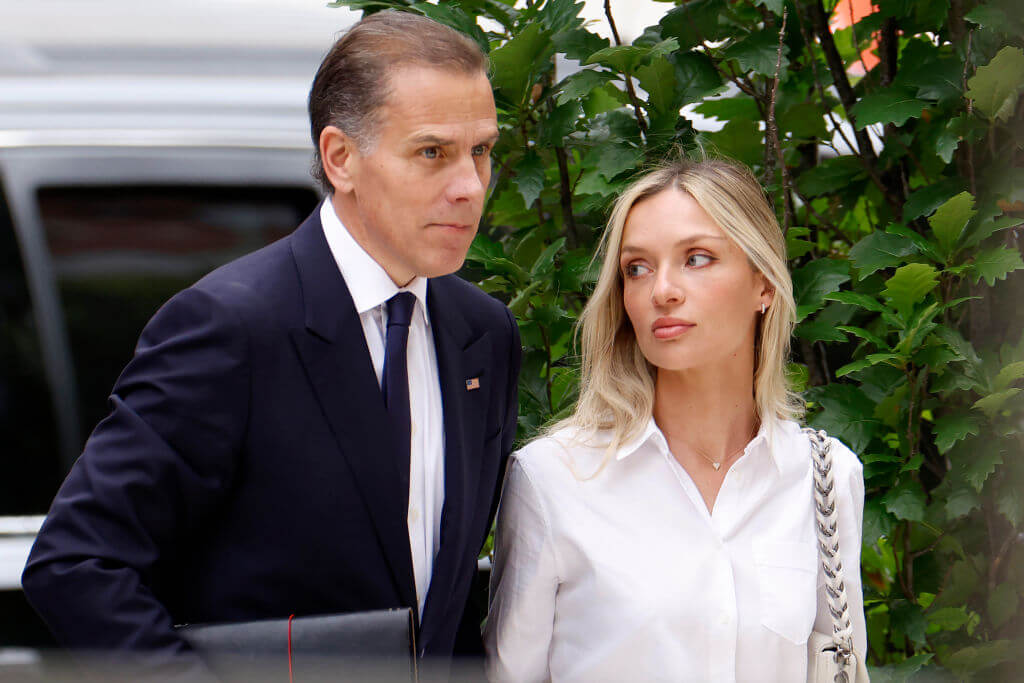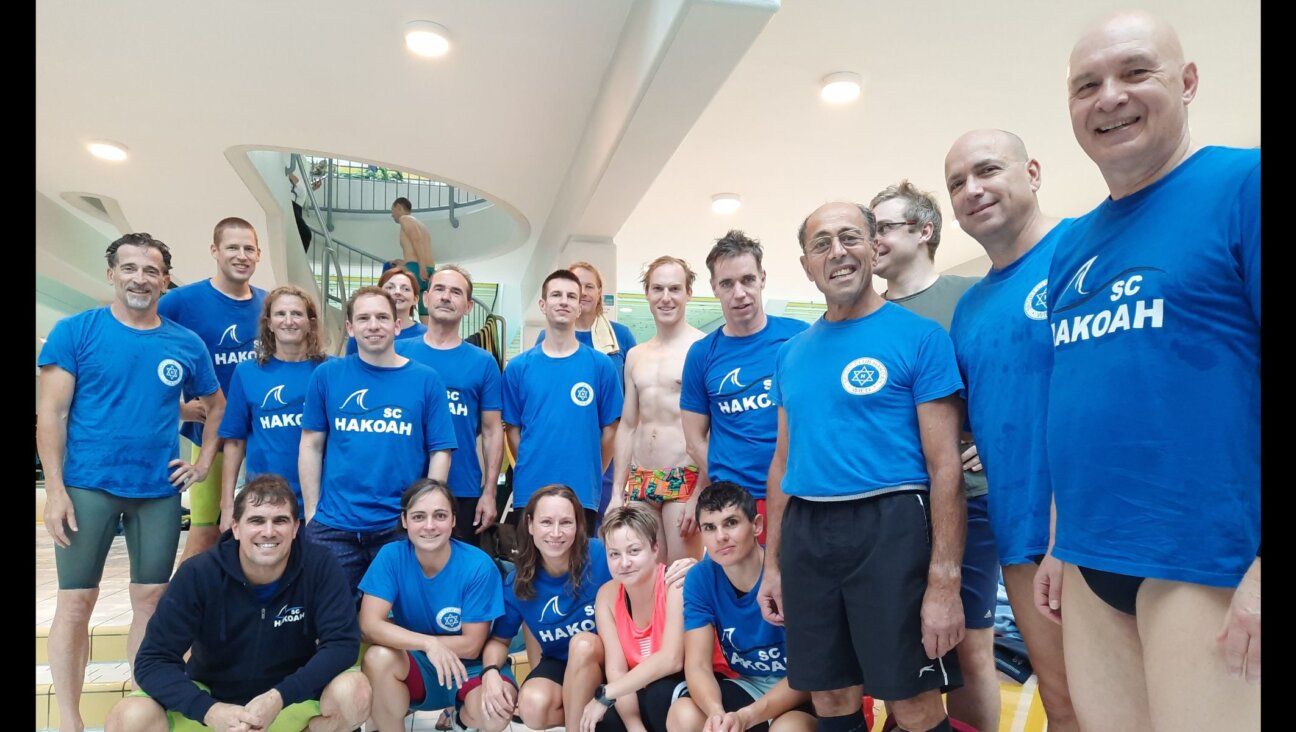Recreating Eden, The Brazilian Landscapes of Burle Marx

The Copacabana beach path, designed by Burle Marx. Image by wiki commons
Fans of landscape architecture will have enjoyed the four month stay of an exhibit which opened in March at Paris’s Cité de l’Architecture et du Patrimoine (Center for Architecture and Patrimony), honoring Roberto Burle Marx.
Son of a German Jewish émigré to Brazil, Burle Marx lavished his fertile imagination on applying modernist abstract art approaches to the native flora of Brazil’s jungles, to create humane gardens and related designs. From the tiled pavement along Copacabana Beach in Rio de Janeiro to a multitude of parks surrounding major public buildings, Burle Marx’s vision is inescapably part of modern Brazil.
Simultaneously with the opening of the exhibition in March, a revised, expanded edition of Jacques Leenhardt’s 1994 “In the Gardens of Roberto Burle Marx” was published by Les editions Actes Sud. Leenhardt’s book contains his fascinating interview with Burle Marx, in which the architect traces the impulse for garden design back to the Bible, to the Mesopotamian River whose fertility made it the “archetypal cradle of humanity, the place where Adam and Eve dwelled, Eden.”
Burle Marx continues:
If we trace back the history of current Western civilization, we arrive, by following Hebrew tradition, the Bible’s description of the world being created, situating this creation in a framework which entirely corresponds to categories of gardening. God, as creator of the world and of life, is presented in the Hebrew-language original as a builder, an artist creating a landscape universe, which he bestows upon man in the form of a “paradise,” a garden equipped with an orchard.
According to Burle Marx, who died in 1994, from the Middle Ages onward, artists depicted landscapes as versions of paradise lost, and he places himself in this tradition of re-creators of Eden. On a more brass tacks level, “In the Gardens of Roberto Burle Marx” details how many Brazilian Jewish colleagues and clients the garden designer worked with, from his very first design, for the Schwartz residence in Rio, to working alongside such architects as Rino Levi and Rosa Grena Kliass, as well as designing stage sets for the innovative Brazilian Jewish dancer Marika Gidali.
Interested readers will want to investigate some of the rich bibliography about this great design talent, including 2000’s “Roberto Burle Marx: Landscapes Reflected” from Princeton Architectural Press; 2001’s “Roberto Burle Marx: The Lyrical Landscape” from The University of California Press; and 2004’s “Roberto Burle Marx in Caracas: Parque del Este, 1956–1961” from The University of Pennsylvania Press. And interested travelers will, of course, take the excuse to visit his creations in situ in Brazil.
Watch a Brazilian TV appreciation of Burle Marx.
Watch a Brazilian TV news report about now-neglected Burle Marx projects.
And watch a 2009 Brazilian TV homage to Burle Marx.
A message from our CEO & publisher Rachel Fishman Feddersen

I hope you appreciated this article. Before you go, I’d like to ask you to please support the Forward’s award-winning, nonprofit journalism during this critical time.
We’ve set a goal to raise $260,000 by December 31. That’s an ambitious goal, but one that will give us the resources we need to invest in the high quality news, opinion, analysis and cultural coverage that isn’t available anywhere else.
If you feel inspired to make an impact, now is the time to give something back. Join us as a member at your most generous level.
— Rachel Fishman Feddersen, Publisher and CEO
























